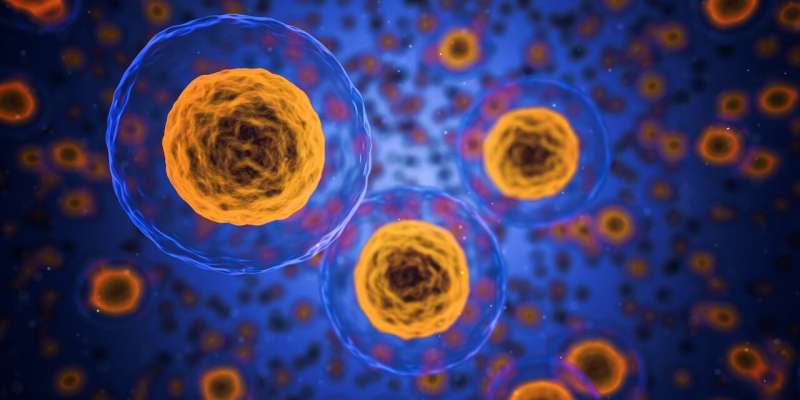Mapping the Molecular Landscape of the Hippocampus: An Atlas of RNAs and Proteins at Synaptic Resolution

A groundbreaking study maps the molecular landscape of the mouse hippocampus, highlighting RNA and protein distribution at synaptic resolution to deepen our understanding of brain function and plasticity.
Researchers at the Max Planck Institute for Brain Research have developed a comprehensive molecular map of the mouse hippocampus, a brain region crucial for learning and memory processes. Using a combination of advanced techniques such as RNA sequencing (RNA-seq), liquid chromatography-tandem mass spectrometry (LC-MS/MS), and specialized microdissection methods, the team was able to identify and localize thousands of molecules within different hippocampal layers and synaptic compartments.
This study, published in Nature Communications, provides insights into how local protein synthesis and molecular diversity contribute to hippocampal function and synaptic plasticity. By isolating and analyzing hippocampal subregions and synapses, the researchers mapped over 17,000 mRNAs and 10,000 proteins, revealing distinct spatial expression patterns of receptors, ion channels, adhesion molecules, and metabolic regulators.
The integration of transcriptomic and proteomic data uncovered complex regulatory relationships: some proteins closely mirrored their mRNA levels, while others showed discrepancies, indicating additional control by protein stability and local translation. Analysis of pyramidal neuron compartments suggested that distal dendrites depend heavily on local protein production to maintain their molecular identity.
Co-lead author Dr. Eva Kaulich emphasizes that this atlas offers an unprecedented view of RNA and protein organization in the hippocampus, paving the way for deeper understanding of molecular mechanisms underlying brain function and plasticity. Co-first author Quinn Waselenchuk notes that this integrated approach enables better comprehension of neuronal regulation at the subcellular level, especially at synapses.
Overall, by making this molecular atlas publicly accessible, the study aims to support the neuroscience community in exploring how molecular diversity shapes neural and synaptic functions, advancing research in brain plasticity and neurodegenerative diseases.
Source: https://medicalxpress.com/news/2025-09-molecular-atlas-hippocampus-rnas-proteins.html
Stay Updated with Mia's Feed
Get the latest health & wellness insights delivered straight to your inbox.
Related Articles
Increased Risk of Kidney Disease and Hypertension in Childhood Cancer Survivors: New Findings
Childhood cancer survivors face a higher risk of developing chronic kidney disease and hypertension, emphasizing the need for tailored long-term health monitoring and management strategies.
New Research Connects Gut Microbiome and Environmental Chemicals to Parkinson's Disease
Recent research uncovers the link between the gut microbiome, environmental chemicals, and Parkinson's disease, highlighting new potential for early diagnosis and targeted therapies through microbiome analysis.
Feasibility of Allogeneic Hematopoietic Cell Transplantation in Elderly Patients with Myelodysplastic Syndrome
A recent study demonstrates that allogeneic hematopoietic cell transplantation is a feasible and effective treatment option for older adults with myelodysplastic syndrome, showing comparable survival outcomes to younger patients.



